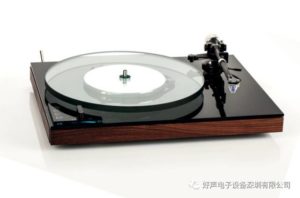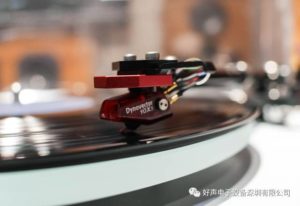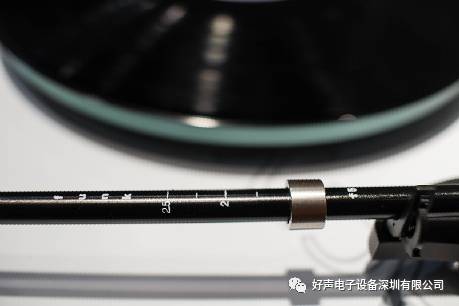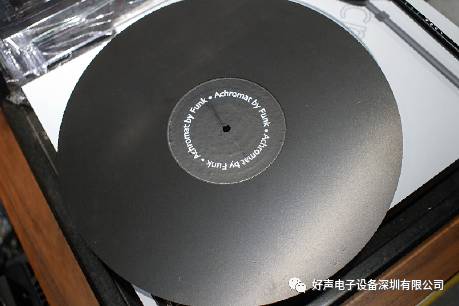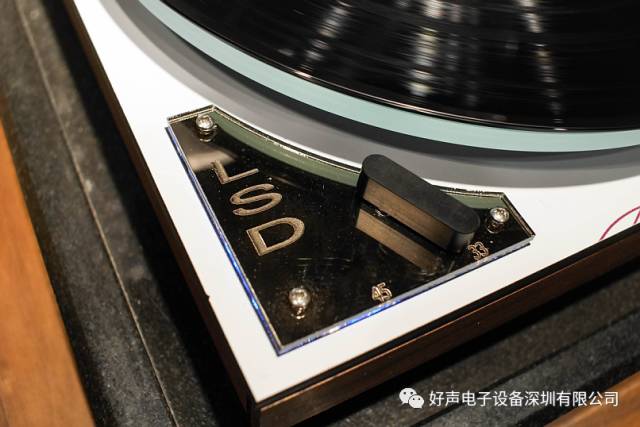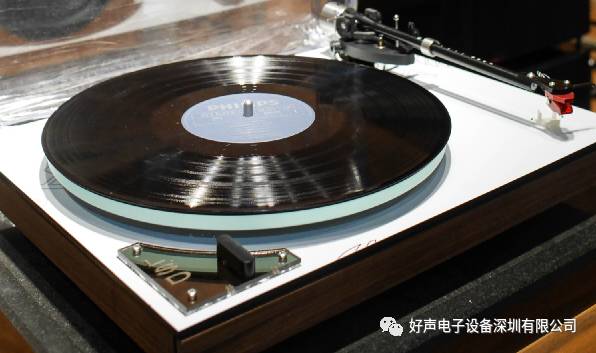Is it time to Gett! Funked?
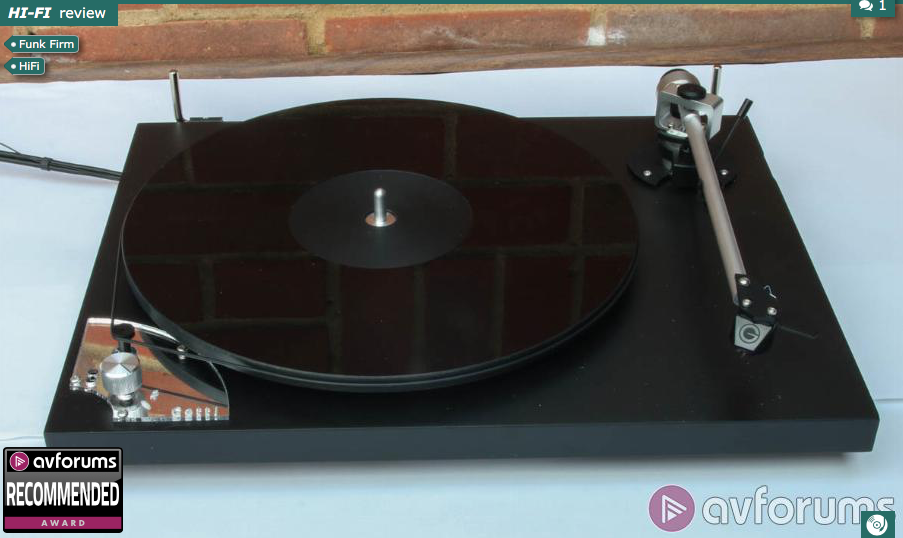
What is the Funk Firm Gett!?
The Funk Firm Gett! is an unsuspended, belt driven turntable – in fact your first glance at it might as well be the archetype of the unsuspended, belt driven turntable. Appearances however, can be deceptive. There are aspects of the Gett! that are unusual regardless of price and some which are practically unheard of at the asking price.
And that asking price is critical because the Gett! pitches into the market at the exactingly specific price of £609. This means that it goes head to head with Rega’s Planar 3 and the Pro-Ject Xpression, products of such ability (and it must be said, ubiquity) that they can make this segment look like a two horse race. At first glance, logic would dictate that there is no reason to back the newcomer in a contest of this nature but things aren’t quite that simple.
This is because The Funk Firm as a company is the brainchild of Arthur Khoubesserian and it isn’t the first company he’s set up. In the eighties, he was responsible for Pink Triangle – a company that has had a disproportionate impact on the business of turntable design. The Gett! is a considered and condensed take on the business of making an affordable turntable and if anyone can bring something a little different to the business of affordable analogue it is likely to be Arthur. Does the Gett! do enough to tempt you away from the major players though?
Specifications
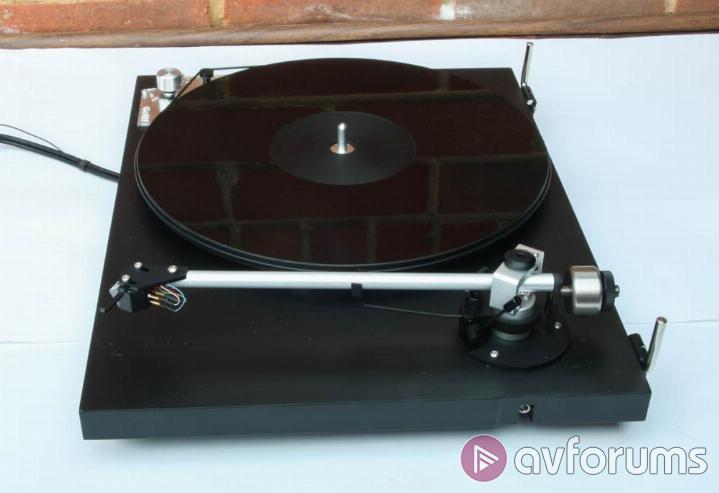
The nature of affordable turntables and the functions that they have to perform means that there really isn’t that much variation in their general layout but if you look closer at the pictures of the Gett!, you will note that there are some variations to its design that are distinctive and wholly deliberate. These distinctions hide other design decisions that are also significant.
The first is that the motor of the Gett! is placed at the front of the plinth in contrast to most rivals. An engineering theme that runs through Funk Firm turntables is the behaviour of the motor on the rest of the turntable. While placing the motor toward the back of the plinth is extremely convenient in terms of connecting everything else up, Funk argues that doing so allows it to generate resonances at exactly the most effective point to affect the playing surface. The motor then proceeds to act on the outside edge of the platter to minimise gyroscopic effect. In more advanced Funk models, it acts on a multi pulley arrangement which serves the same purpose but this isn’t practical for the Gett!
What isn’t visible but is no less important to the Funk philosophy is that the motor works on direct current rather than alternating current principles. This has been a key to both Funk and Pink Triangle designs from the outset and is effectively non-negotiable. The argument goes that a DC motor is not affected by the very slight ‘pulsing’ effect that is present in AC designs and therefore acts on the platter in a more benign way. This is a fairly rare thing to encounter in a relatively affordable turntable. No less useful is the ability to select between 33 and 45 rpm at the switch rather than by moving the belt.
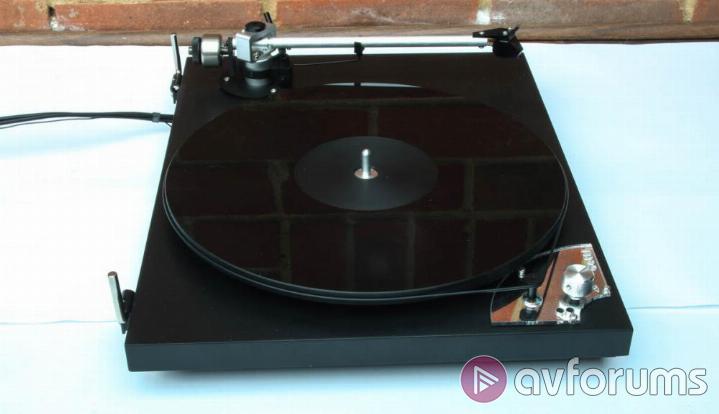
Very significant to the performance of the whole turntable is the tonearm. Thus far, turntables reviewed on AVForums have used either conventional bearing arms or unipivots. The Funk uses a thread bearing arm where a quantity of aluminium wire is used to support the horizontal and vertical axis of the arm’s movement. A knurled screw at the top can be used to increase the torsion of the thread and apply more antiskate. The result is an arm that does without captive bearings without the complete lack of restraint that applies to a unipivot arm. The only remotely similar system we’ve seen is used on the Elipson Omega but this only uses thread torsion for the antiskate rather than mounting. The arm itself is made from aluminium and then makes use of an acrylic headshell on the end for the mounting as the interaction of the two materials is intended to better control resonance. Crucially, this arm is fitted with the ability to adjust the vertical tracking angle (VTA) – the height which it sits over the record. This means that the Gett! can be persuaded to work with a selection of cartridges more easily than many rivals where the arm is at a fixed height.
The acrylic in the headshell isn’t the only use of this material either. The Gett! uses an acrylic platter. This is not terribly unusual in this day and age but it is worth pointing out that Pink Triangle was the first company to use acrylic in this way and held a patent for doing so. The platter itself is fairly thin but thanks to the adjustable VTA, you can add another Funk product and one that we have seen before. This is the Achromat – a sort of ‘blown acrylic’ mat that improves the damping and resonance control. I have a lipped Achromat that I have used on the various direct drive designs I have tested in preference to the supplied rubber mat.
The design ‘stretch’ doesn’t end there either. The Gett! is supplied with pliant rubber feet of a type not dissimilar to rivals. You can however unscrew them and add a system called the BOING (there are products in the Funk inventory that don’t automatically cause Word to go into a spasm of red and blue lines when typed but none are present for this review). This is effectively a decoupled and suspended foot that creates a suspended turntable when substituted for the existing feet. These feet can also be used on other turntables too.

As noted, there are limits to what you can do with turntables at this price point that means that the Gett! does look pretty much like a conventional record player. Thanks to the various idiosyncrasies of the design, the Gett! is different in concept and execution to many rivals and it feels a little different too. Some of this is good. The tonearm can feel a little odd when you attach a cartridge to it but the movement is exceptionally smooth and non mechanical in nature and it feels more able to handle a wide variety of cartridges than most similarly priced rivals. The turntable itself is free of fripperies but it feels well thought out and it is no harder to use than key rivals.
It is harder to setup though. Fitting the belt to the Gett! is a dark art. With the thin platter and a round belt you need to use the approved method (feeding it slowly round the platter) or you’ll most likely never do it. The spindle is also a little on the large side. Having an extremely snug fit is another part of the Funk philosophy but as far as I’m concerned, the tolerances are a little on the tight side. I don’t necessarily believe this is an ideal first turntable – you would do well to ‘get your hand in’ with something simpler first.

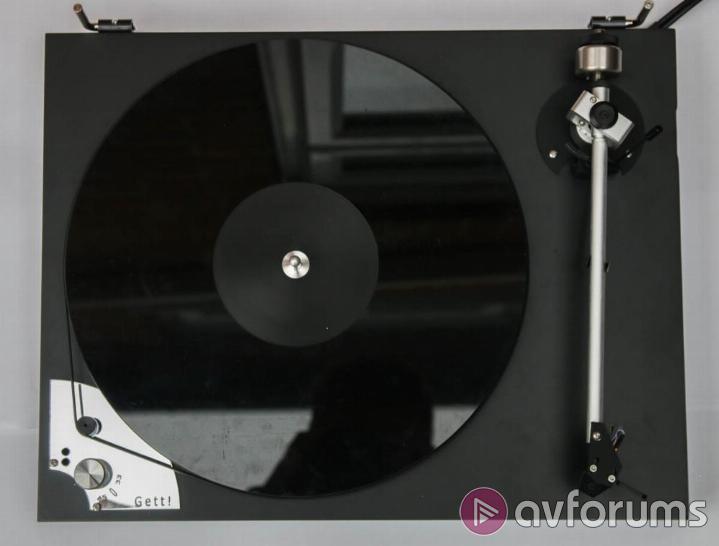
“The turntable itself is free of fripperies but it feels well thought out and it is no harder to use than key rivals”
How was the Gett! tested?
Sound Quality

The most important thing about the Gett! is that once it has been set up, those unusual design decisions do make themselves felt and they do so in a positive way. Exactly how this happens varies slightly on the material you choose to play but as one of the earliest pieces of music that it really made itself felt was Wide Open by the Chemical Brothers, it seems like a good place to start. The presentation of the Gett! is subtly but noticeably different to the way that a Planar 3 goes about the same track.
Firstly, the Gett! has a deeply impressive sense of space and scale for an affordable turntable. The soundstage is absolutely believable and there is more to the way this is handled than simply shoving the sound out to the extremities. Close your eyes and Beck’s vocals are in the centre of the mix and their relationship to the backing music is extremely well judged; nothing sounds detached from each other but it is easy to follow what is going on at all times. No less impressive is the bass response. Even judged as a £600 design, the Gett! is an extremely low mass design but there is a force to its presentation that can be genuinely surprising.
It isn’t perfect. If you listen to the standard torture tests of long sustained notes, the Funk isn’t as resolutely pitch stable as some rivals and nothing I’ve been able to do has completely eliminated this. Depending on how sensitive you are to such a thing, it might be an absolute deal breaker or a non event. The presentation of the Gett! is also a little more matter of fact than some rivals. It won’t sugar coat poor pressings and choosing an unsuitable cartridge might result in a somewhat bright presentation.
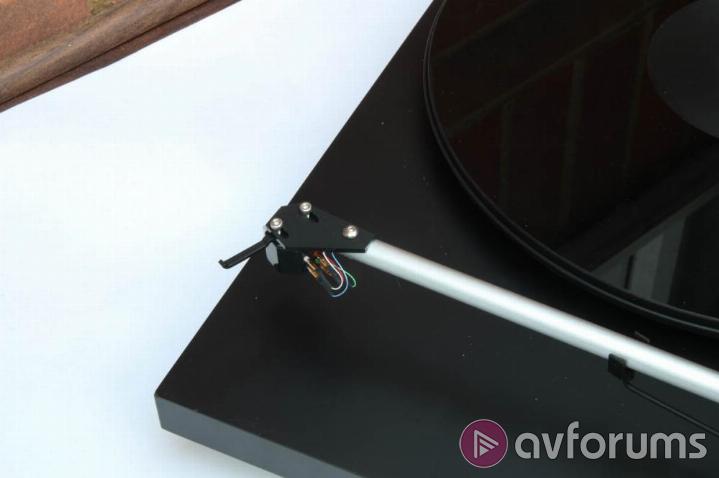
Choose the right cartridge though and the Gett! shows it can deliver a seriously impressive performance. The Goldring is excellent – it is unreasonably good for £100 – but moving to the superbly capable Nagaoka MP150 lifts the performance considerably. This is important because the Nagaoka is more expensive than you might traditionally pair with a turntable of this nature. Impressively, the Gett! still has more to give. Putting the Rega Ania on there – a cartridge fully 80% the all up price of the Gett! itself, still shows the Funk making progress. There is a considerable amount of stretch in this little turntable.
And not all of that stretch is down to changing the cart either. Adding the Achromat results in the noisefloor of the performance – already pretty low – dropping even further and the rhythmic edge of the Gett! improving too. For £60, this really should be the first thing you do to a Gett!. The BOING is a slightly different proposition. It actually seems to alter the presentation of the Gett! in that there is a sense of energy added that its normally quite down the line character doesn’t have. This is more engaging but I’m not completely sure it feels more accurate. Depending on what you want your turntable to do, you might find that this is not the direction you want to take it and something like a wall shelf might suit you better. Once again though, having the option to try it is noteworthy.
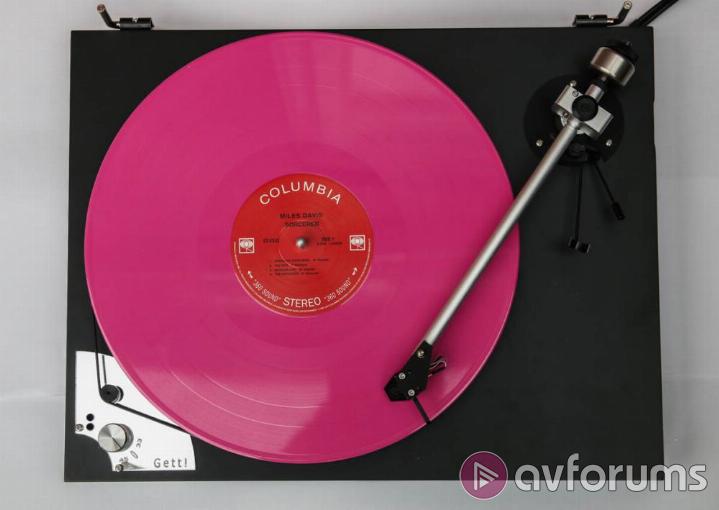
“There is a considerable amount of stretch in this little turntable”
Conclusion
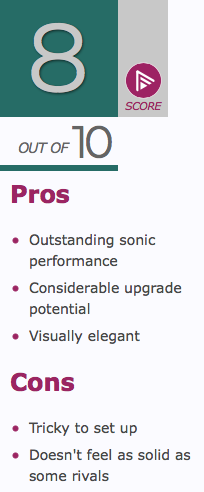 For those of you that enjoy reading between the lines, the Gett! might be seen as an idiosyncratic product. You could leave a reasonably educated adult with no prior experience of vinyl setup in a room with many of its rivals and come back with the expectation of finding a functional record player. This is not something that is an absolute given with the Funk – it’s more fiddly and unforgiving. As I said earlier, this is not an ideal candidate for a first turntable.
For those of you that enjoy reading between the lines, the Gett! might be seen as an idiosyncratic product. You could leave a reasonably educated adult with no prior experience of vinyl setup in a room with many of its rivals and come back with the expectation of finding a functional record player. This is not something that is an absolute given with the Funk – it’s more fiddly and unforgiving. As I said earlier, this is not an ideal candidate for a first turntable.
If you’ve done your time with something else though first and learned about the foibles of the format, there’s no escaping the Gett!’s ability to make many rivals sound constrained and congested. Even with a £100 cartridge on it and none of the extra parts, it has a sheer ability that is noteworthy and the stretch the basic design has is considerable. This isn’t a turntable for everyone but for many people, the incredible capability of this deceptively simple looking design will be too impressive to ignore. For this reason, the Gett! is worthy of recommendation.



